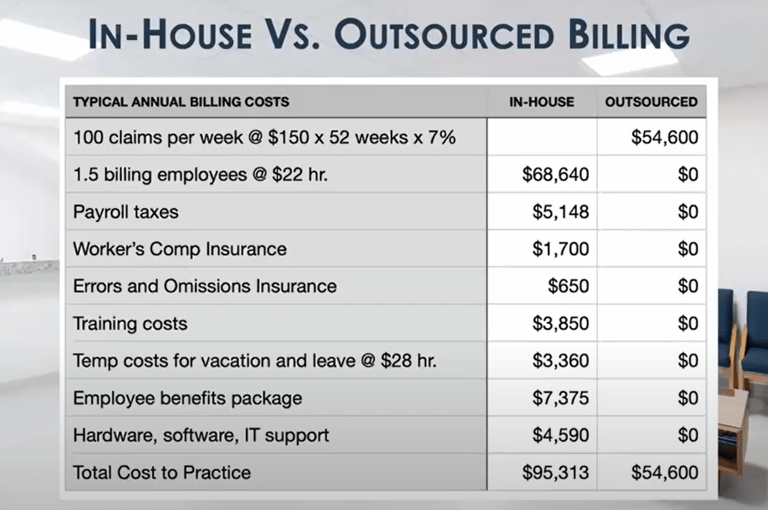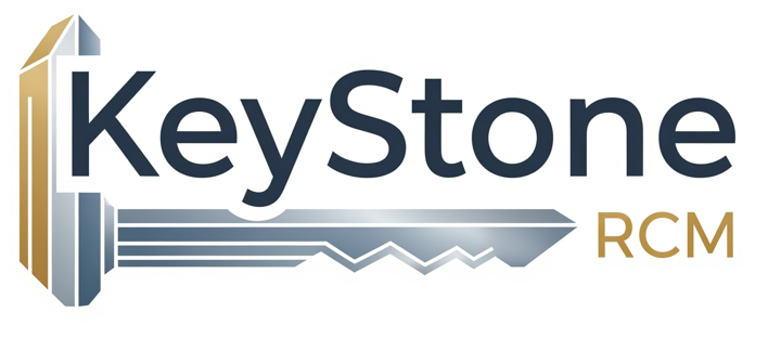You are subscribed!
Please check your email periodically to stay updated on revenue cycle management solutions!

Here are some tips and best practices for improving revenue cycle management in healthcare:
1. Focus on Patient Access and Financial Clarity
The revenue cycle begins before the patient even walks through the door. Ensuring a smooth and transparent process from the start can prevent many downstream issues.
Verify Eligibility Upfront: Don't wait until after a service is provided to verify a patient's insurance. Automate the process of checking a patient's coverage and pre-authorizations during scheduling or pre-registration.
Communicate Financial Responsibility: Be clear and upfront with patients about their co-pays, deductibles, and other financial responsibilities. This can reduce patient confusion, minimize payment disputes, and improve point-of-service collections.
Offer Convenient Payment Options: Make it easy for patients to pay their bills by offering multiple payment methods, such as online portals, credit card processing, and flexible payment plans.
2. Streamline and Automate Claims Processing
Manual processes are prone to errors and can lead to significant delays. Leveraging technology is key to a more efficient and accurate RCM.
Automate Claim Submissions: Use electronic health record (EHR) and RCM software to automatically submit claims to insurers. This reduces manual data entry and helps ensure claims meet all formatting and compliance standards.
Improve Charge Capture and Coding: Ensure that all services provided are accurately documented and coded. Invest in staff training for medical coding and use modern tools like computer-assisted coding (CAC) to reduce human error and prevent revenue leakage.
Scrub Claims Before Submission: Implement a "claim scrubbing" process to identify and correct potential errors, such as missing information or incorrect codes, before claims are sent to the payer. This can dramatically increase your clean claim rate and reduce denials.
3. Proactively Manage Denials
Denied claims are a major cause of lost revenue. A proactive strategy for denial management is crucial.
Identify Root Causes: Analyze your denial trends to understand why claims are being denied. Common reasons include inaccurate coding, lack of medical necessity, and eligibility issues.
Form a Denial Management Team: Create a dedicated team or assign staff to regularly track, appeal, and resolve denied claims.
Act Quickly: Respond to denials promptly and with the appropriate documentation. Timely follow-up can help you recover revenue that might otherwise be lost.
4. Utilize Data and Key Performance Indicators (KPIs)
A data-driven approach allows you to identify bottlenecks and make informed decisions to improve your RCM.
Track Your KPIs: Regularly monitor metrics such as your days in accounts receivable (AR), clean claim rate, and denial rate. The American Academy of Family Physicians recommends keeping days in AR below 50, with 30-40 being preferable.
Use Data Analytics: Leverage RCM software with real-time dashboards and analytics to identify patterns in claim delays or denials. This insight can help you address recurring issues and optimize your workflows.
Benchmarking: Compare your KPIs to industry standards to see how your practice is performing and identify areas that need attention.
5. Invest in Staff Training and Development
Even the best technology is only as good as the people who use it. Continuous education for your staff is essential for staying competitive and compliant.
Provide Regular Training: Schedule regular training sessions to keep your staff updated on the latest coding standards, payer requirements, and billing best practices.
Foster a Culture of Improvement: Encourage your frontline staff to provide feedback on workflows and processes. They often have valuable insights into what is and isn't working.


Our Services
Contact
INQUIRY
+1-551-325-8858
@ 2025. All rights reserved.
9 AM - 6 PM : Mon - Fri
